Last Updated on August 5, 2021

Ink & Pixel is a source of pride and joy for me as a writer and as such, I’m always striving to take this column further for those who read and enjoy it. If you yourself, or anyone you know, helped to make any of the amazing feature animated films found within this column, I would love to talk to you to further my knowledge. Please contact me at [email protected] so we can discuss it further.
Once upon a time, in a land far, far away, I sat down with my soon to be four-year-old niece, Dominique, in order to introduce her to the film that would feature her favorite Disney princess, The LITTLE MERMAID. Okay, so she only lives about 20 minutes away and it was just last week that this happened, but whatever. As we sat together, gorging ourselves on Puffs and animal crackers, I watched her eyes light up as Ariel sacrificed everything she’d ever known to be with a handsome prince. As my niece prattled on about her favorite parts of the film it had taken all my strength not to expose her to the morose foundation of what has since become her favorite film. I just couldn’t do that to her … at least not yet.

The year was 1989, and Walt Disney Pictures was in quite a rut (yet again). It seems that for as many times Disney touched the hearts of millions, they have a number of years where they can’t seem to placate their core audiences. Whether it’s a reflection of the times, a lack of interest, or just plain old bad luck, Disney often flirted with losing their credibility as an animation company with nearly every film they released. I mean let’s face it, you can’t live off of that DUMBO money forever, right?

So it was with high hopes and an ocean of blood, sweat, and tears that Disney entered into a time of their history that was known as the “Disney Renaissance.” What’s that, you say? This was the time of Disney’s celebrated upswing in the department of animation, roughly between the years of 1990-2000 . With the release of such celebrated films as THE LITTLE MERMAID, BEAUTY AND THE BEAST, ALADDIN, and THE LION KING just to name a few, Disney restored themselves in the eyes of the public, and it all started with a red-headed mermaid who gave up her voice to become just like everyone else.

THE LITTLE MERMAID is the tale of Disney’s underwater princess and daughter of King Triton (Kenneth Mars) , Ariel (Jodi Benson) who embarks on a journey toward becoming a part of the world above. Thought by some to be a rather misogynistic tale of a girl who gives up everything just to please her man, Ariel, with the aide of her friends Sebastian (Samuel E. Wright), Flounder (Jason Marin), and Scuttle (Buddy Hackett) do battle against predators of the ocean deep, discover strange and wonderful things about the shores above, and even do battle against an evil sea witch by the name of Ursula (Pat Caroll). With hopes of uniting Ariel with her true love, Prince Eric, she and her friends set out upon a world of magic, danger, and apparently one very excited clergyman.

Disney, never being afraid to take folklore or a treasured fairy tale and adapt it to suit their own animated needs, found the inspiration for their version of THE LITTLE MERMAID from the fairy tale written by Danish poet and author Hans Christian Andersen’s work of the same name. However, like many adaptations found throughout the film industry, Disney’s version of the fish out of water story differed quite a bit from the original. Now unless you plan on reading the book, understand that we’re about to get into some literary spoilers here, so don’t say that I didn’t warn you!
What would you say if I told you that at the end of Andersen’s version of The Little Mermaid … the mermaid eventually dies? Yes, well, to be more accurate, she is turned into sea foam and becomes one with the ocean, therefore becoming an eternal soul of the briny deep. But yeah, she dies.

And this was perhaps not even the most heinous of the differences between Andersen’s story and the Disney film. When viewing the Disney version of the story, Ariel makes a deal with Ursula to give up her most melodious voice in exchange for a pair of legs (that in Andersen’s version were extraordinarily painful to grow and manage) for a chance at true love. This is quite a bit different than having her give up her very soul as it was in Andersen’s version.

Oh yeah, and did I mention that the original also calls for the witch to cut out the mermaid’s tongue as part of their deal? Could you imagine if this stuff ever made it into the Disney version? They’d need a lot more than the success of THE RESCUERS DOWN UNDER to pull them out of that quicksand.
Many people will tell you that it only took a total of four years to make THE LITTLE MERMAID, but they would only be half right. Disney actually attempted to create a version of the story by way of a featurette back in 1941 directly after the release of their first full-length feature film SNOW WHITE AND THE SEVEN DWARVES. This version of THE LITTLE MERMAID never did reach the surface and soon faded from the collective memory of team Disney. Though some would say that there are ideas in this world that are too good to remain dormant forever, and with the prospect of a new mermaid film on the horizon, the time had come to approach Andersen’s tale yet again, only this time in the form of a musical.

Disney has always been a very musical movie making company. A trend that seems to have diminished in recent years. THE LITTLE MERMAID is a prime example of this model as the bulk of the film was presented to its audience through the use of song and dance. Take the song “Part of Your World” for example. If you break it down and listen to the lyrics line for line, you’ll notice that the song is essentially a dramatic monologue set to music.
Ariel is essentially having a conversation with her friend and ward, Sebastian, but through the magic and talent of Disney, what could have just been another conversation is suddenly transformed into something that you can sing your children to sleep with after a long day at the beach. Upon the film’s release fans gobbled up the Academy Award winning soundtrack like a school of rabid piranhas. There wasn’t a child alive who didn’t want to “Kiss the Girl” or lament over the “Poor Unfortunate Souls.”

This is actually quite funny seeing as at one time the song “Part of Your World” was almost stricken from the film after it was deemed “boring” by producers and ignored by a children’s test audience. For real. Because of one hyperactive child who would have rather been fiddling with his spilt popcorn than pay attention to the film we almost lost this song all together. Could you imagine if they had cut that catchy (and oddly perverse) “Under the Sea” tune? Would you be able to live in a world never knowing that “it’s better down where it’s wetter”? Take it from me, you wouldn’t.

After researching this film I would go so far as to say that it was quite the “melting pot” for Disney in terms of talent and artistic vision. You see, many of the Disney company’s original founders, artists and creators were already retired and a majority of them had already joined Walt in that big Epcot Center in the sky. This was the start of a new beginning for Disney and with that comes new talent, bringing with them a bevy of radical new ideas. Like the one to model the films villain Ursula after the John Waters famous actor/actress Divine!

That’s right. After countless iterations of the character being drawn up in pre-production (looking like everything from a Scorpion Fish to a Tiger Fish and every other degree of sea life in-between) it was finally decided to go big and weird with the films ink-filled villain. Using Divine’s signature look, big frame, and grandiose demeanor, Ursula, (part witchy woman part squid) was ready to make a splash on the big screen.
Design is of course one of the most crucial aspects of an animated film. You’ve got to use the right colors, have the right lighting, and make your characters look stylish and sleek if you want to hang with the big dogs of the industry. So in order to find their inspiration and overall look for THE LITTLE MERMAID Disney turned to the climate controlled archival vaults found inside of their own studio for the heavily protected artwork of Kay Nielsen. Nielsen’s artwork was so influential in fact that there are several frames in the film that were lifted directly from his elaborate drawings. You can find his work directly influencing the “shipwreck” sequence in which Prince Eric’s ship does battle.

And who would Ariel be if she were not to have a striking and colorful look to her that all the little girls (and some boys) could fall in love with? Originally planned as a blonde but then changed to red, because of too close a resemblance to Daryl Hannah’s mermaid character in the film SPLASH, Ariel was purposefully colored with red hair and green lower extremities because of the contrasting colors vibrant natures. Ariel was to be a strong female character, to be thought of as bold and adventuresome. The combination of these two colors actually send an electronic message of valor to your brain … or if you darken them and set them up in thick stripes to make a sweater they can even scare the crap out of you instead, it’s your choice.

So before I leave you, I think it would be remiss if I didn’t at least mention the controversial and rather saucy backlash that came from some of the films artwork. In what was later referred to as a “rush job” by the artists, the poster for THE LITTLE MERMAID unfortunately (or hilariously depending on how you look at it) was globally released depicting a rather “adult” symbol mistakenly/strategically painted into the image. On purpose or not the castle depicted in the poster was build with one very obvious “penis spire” erected (ha!) from its foundation. This golden phallus brought a bit a shame to the Disney brand and was removed during the films second printing and re-release. I’ve already eluded to the scene in which the elderly clergyman who marries Ariel and Eric, sports an awkward boner beneath his robes, so I don’t think we need to touch upon that any further. You don’t want me to have to write about elderly erections, do you?

THE LITTLE MERMAID was a huge success for Disney and managed to net $211 million dollars during its box office run, breaking records and setting a new bar for animation as a film genre. McDonald’s toys, video games, back packs, and all manner of merchandise were marketed to children around the world and Disney loved it, they were back on top. The film holds a steady 90% Fresh rating at RottenTomatoes with 47 out of 52 reviews being positive. Also, according to my online scouring, Disney also plans of releasing the film back into theaters in the year 2013 in gorgeous HD and Disney 3D!

When you get down to it, THE LITTLE MERMAID is a wonderful film that sends a very pure and admirable message to the youth who watch it. It’s not about giving up who you are to be with someone who is forbidden to you, it’s about a yearning to explore a new world and taking advantage of what all forms of life have to offer. Hans Christian Andersen was a famous but poor man who struggled within a society of elitist snobs who never quite appreciated his genius until he was gone. I think of THE LITTLE MERMAID as his way of giving a personal and heartfelt middle finger to those who made him feel less than human in those harsh times.


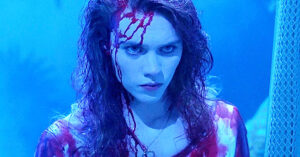




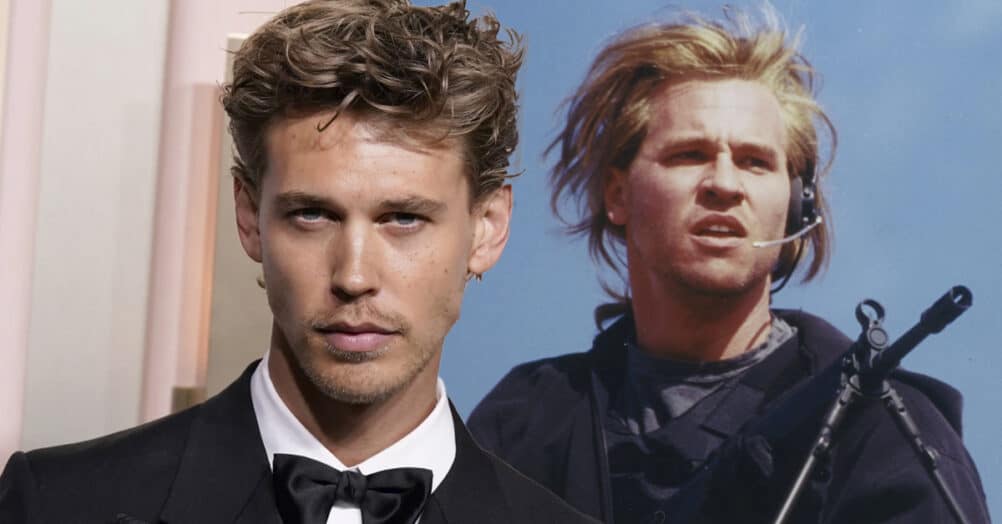
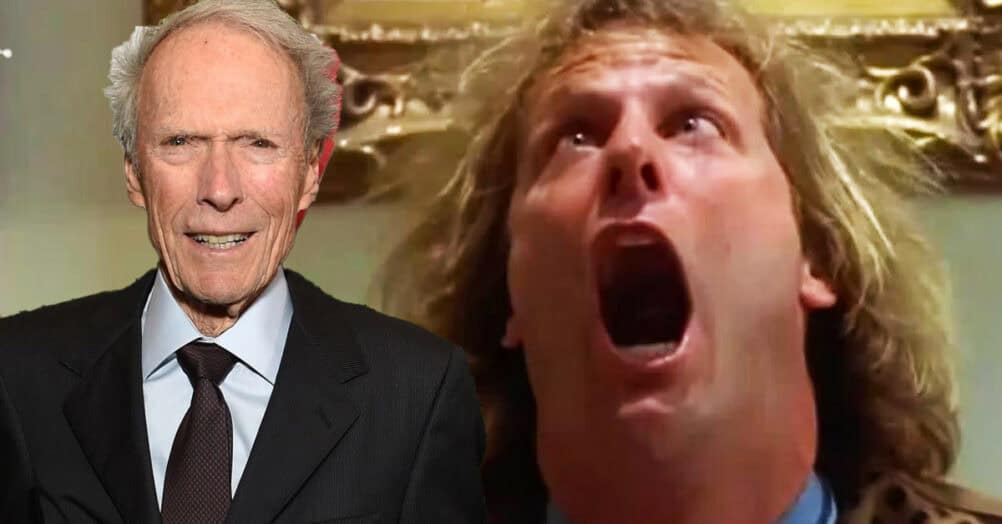

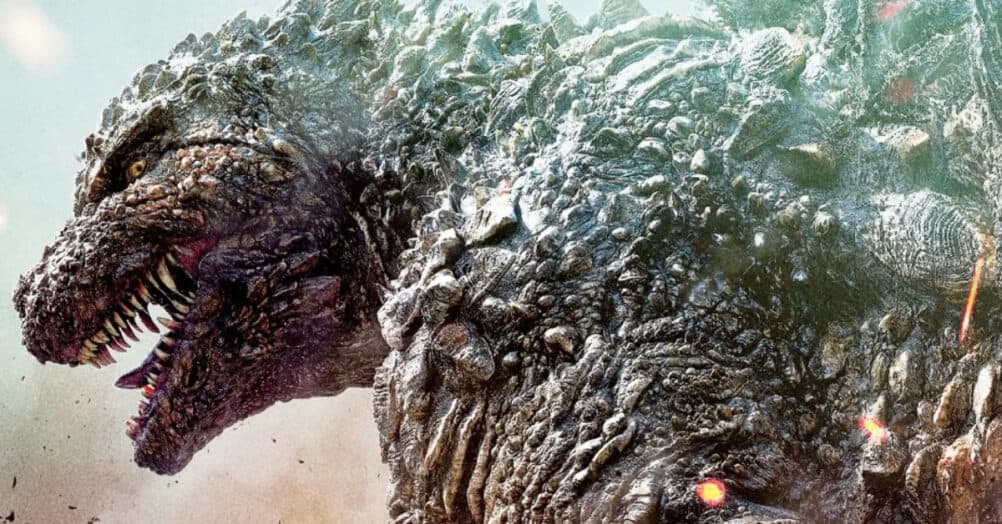
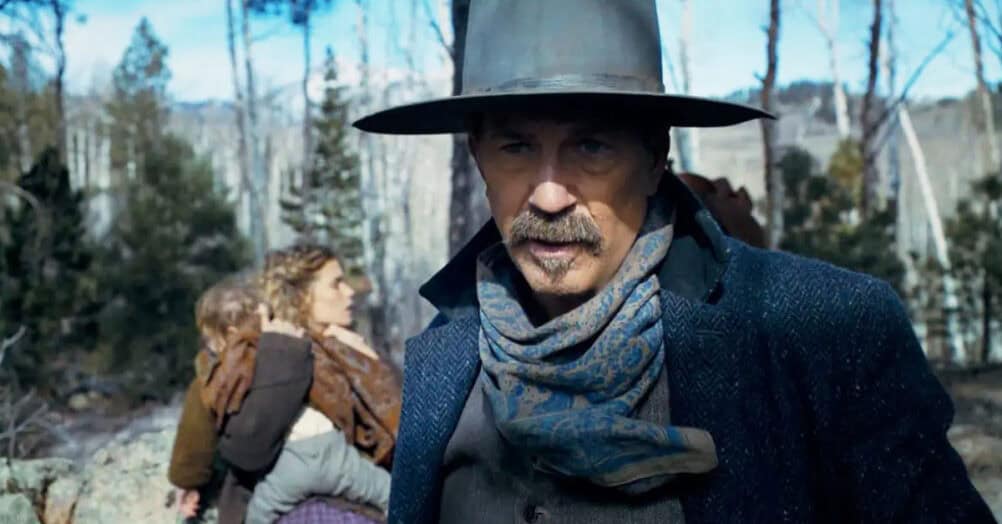

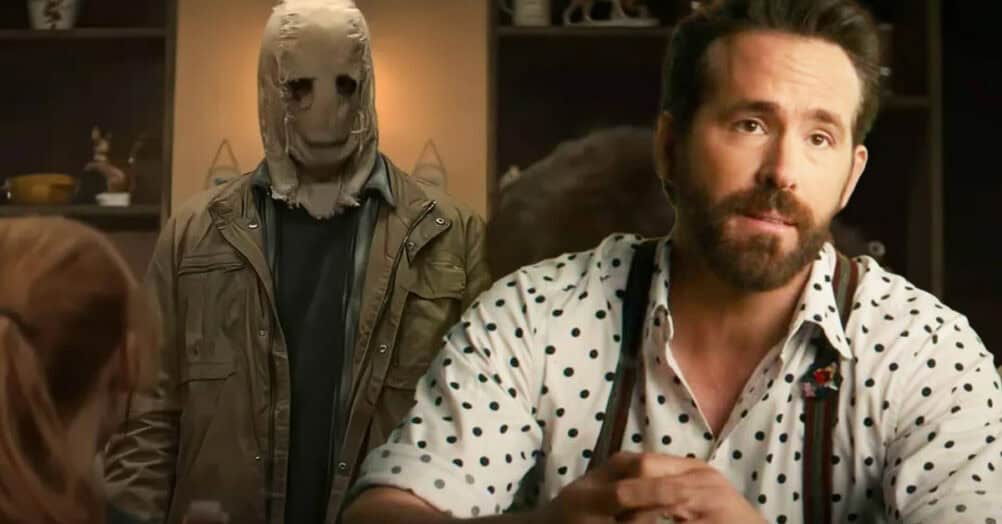

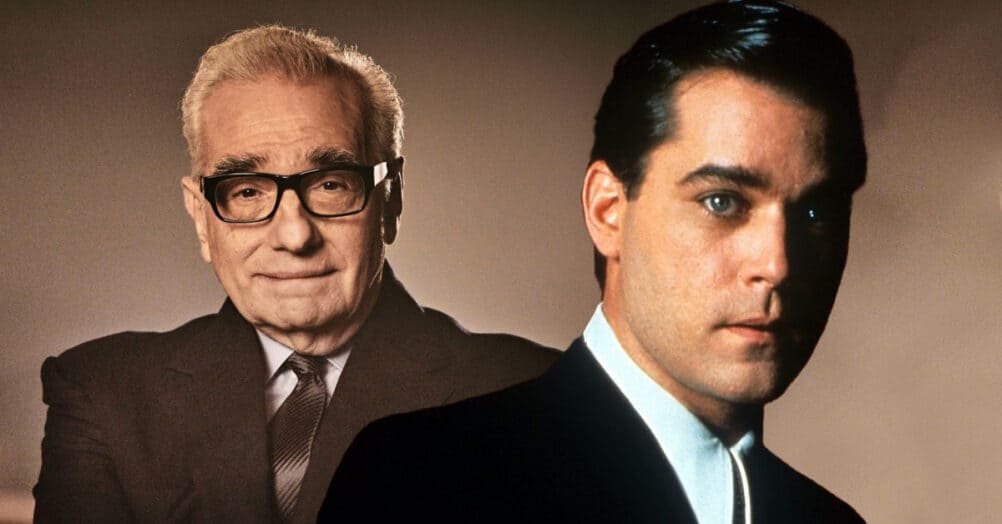
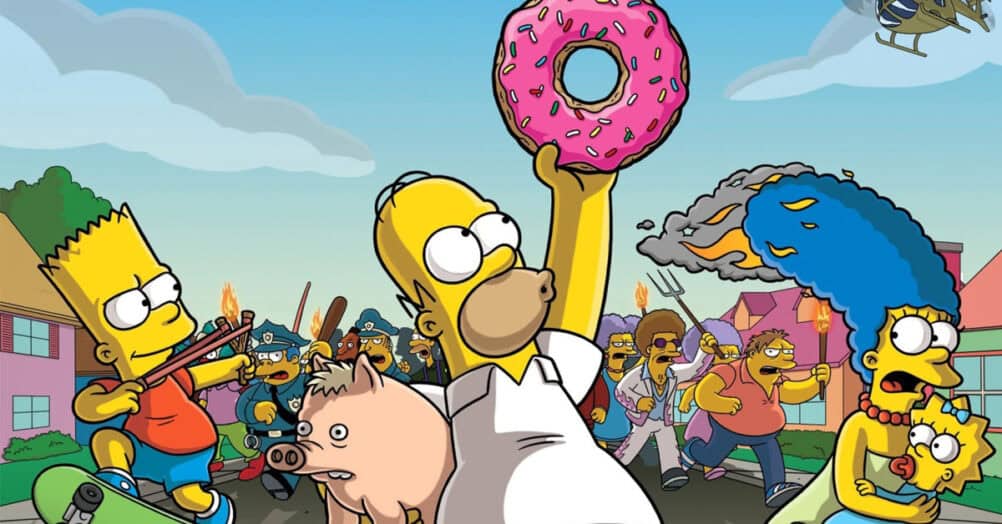
Follow the JOBLO MOVIE NETWORK
Follow us on YOUTUBE
Follow ARROW IN THE HEAD
Follow AITH on YOUTUBE